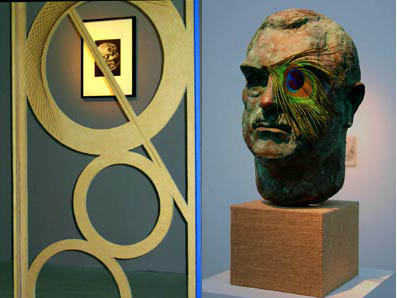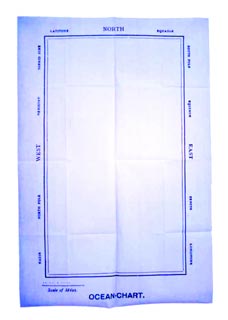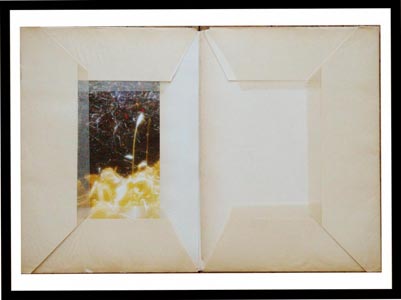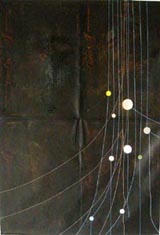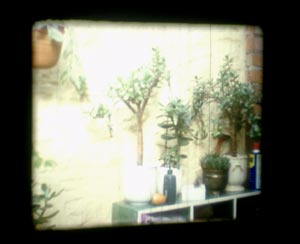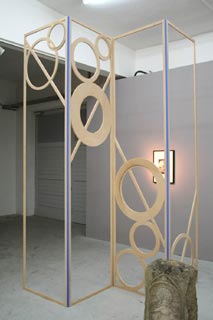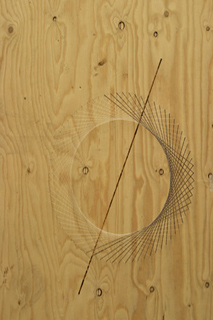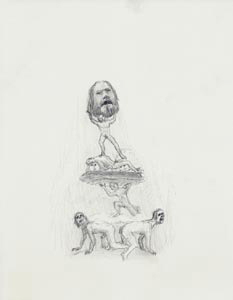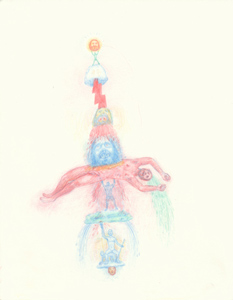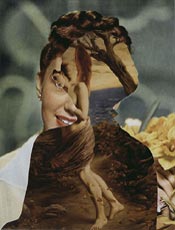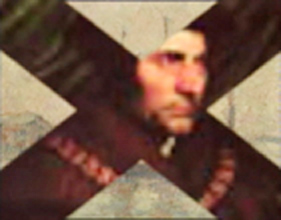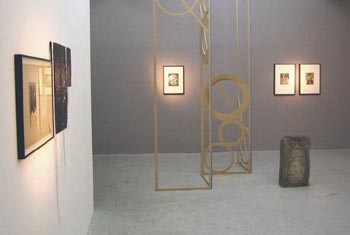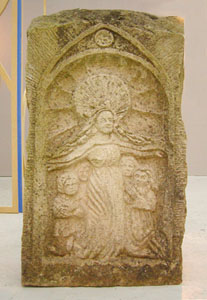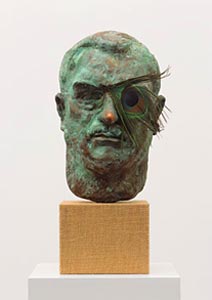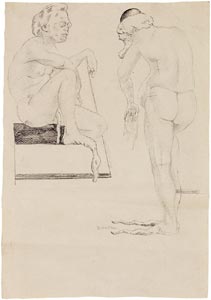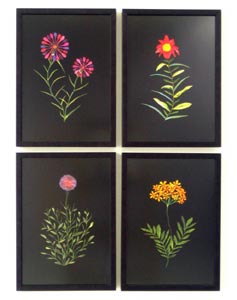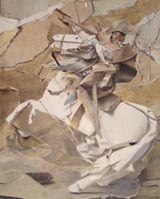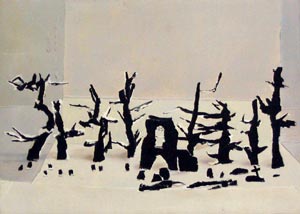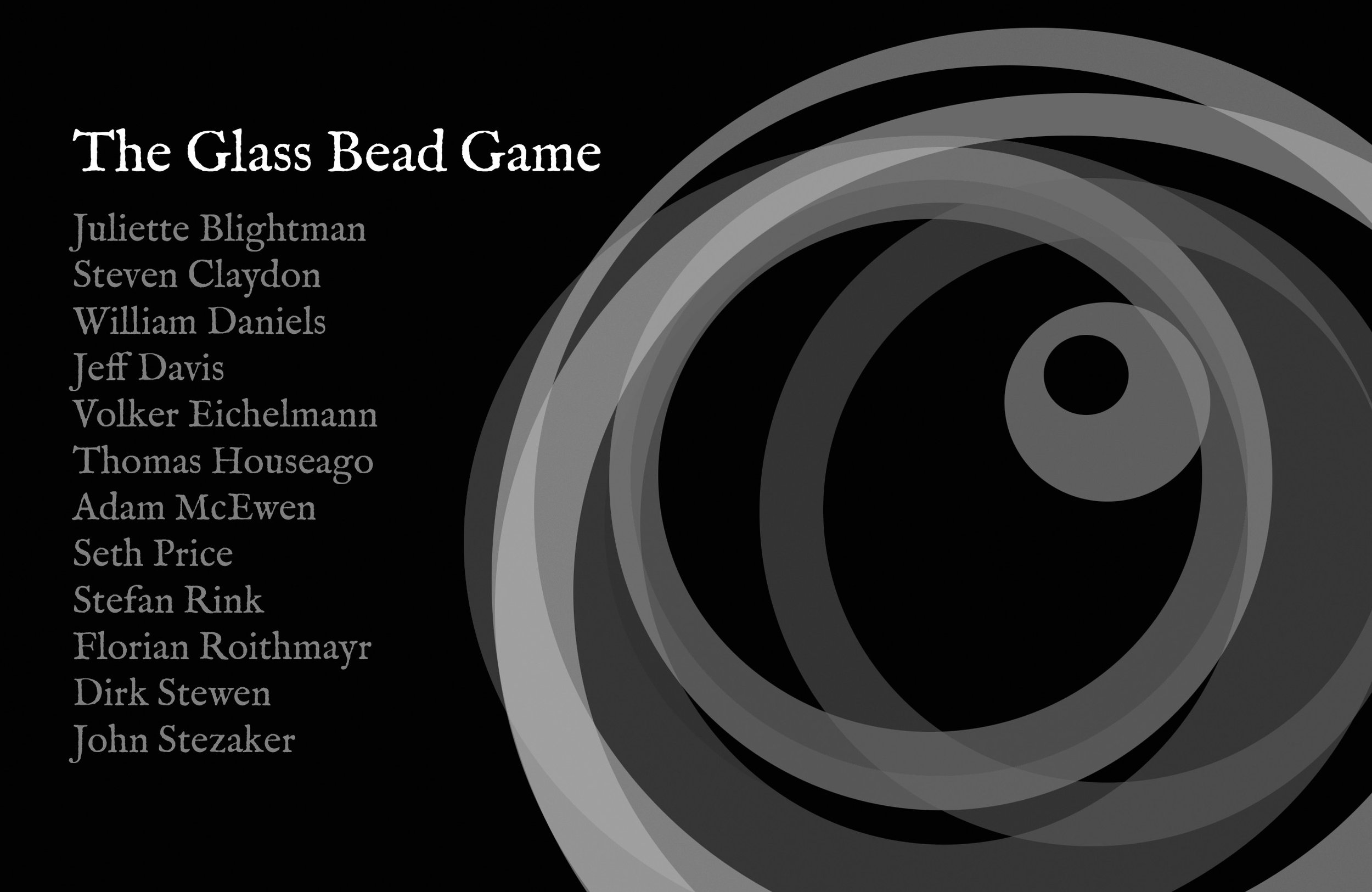
The Glass Bead Game
The Glass Bead Game
Vilma Gold Gallery, Berlin
Schlesischerstr. 26
10997 Berlin
www.vilmagold.com
25 March - 30 April 2006
Dirk Stewen
Untitled, 2006
framed print, wooden rod, two panels of ink on paper, confetti and cotton
122 x 148 cm
William Daniels
Napoleon Crossing the Great Saint Bernard Pass, 2006
oil on board
31 x 25 cm
'I suddenly realised that in the language, or at any rate in the spirit of the Glass Bead Game, everything actually was all-meaningful, that every symbol and combination of symbols led not to single examples, experiments, and proofs, but into the centre, the mystery and innermost heart of the world - into knowledge'
- Hermann Hesse, 'The Glass Bead Game'
Taking its title from Hermann Hesse’s novel, 'The Glass Bead Game' weaves together interrelated fictions that form a landscape of broken connections. Signposting the way are images and objects colluding to form an entropic trail that define a restless territory of creative knowledge.
Hesse’s novel, set in the future, tells a narrative of a monastic protagonist who plays a highly aesthetic game. The game integrates all fields of human and cosmic knowledge – sacred geometry, alchemy, hieroglyphics, mythology, harmonics, arithmetic, astronomy and magic. 'The Glass Bead Game' is the artistic, philosophical or cosmological manipulation of the symbolic forms that express these systems of knowledge. Once initiated into this system we can read hieroglyphs, alchemical texts or Gothic cathedrals; 'The Glass Bead Game' is thus a mode of playing with the total contents and values of culture.
The exhibition aims to be a polysemic constellation that evokes and fuses the real with the imaginary: delicate drawings, wax sculptures, botanical collage, esoteric busts, appropriated imagery and found material are manipulated with transformative effect. The artists relish in the degradation of the known and the perversion of a rational culture. Parallel worlds collide in the extrapolation of consumption and exchange that seek to look critically at the present. We encounter blueprints of personal visions that allow us to imagine how the sediments of our culture might otherwise be seen.
'Painting Sites demonstrates Price's interest in the Internet's role as a vast interactive archive that makes accessible otherwise disconnected groups of cultural material, from fine art to popular music. The ease with which material from the past can be recovered and re-contextualized at random epitomizes the condition of postmodernity, in which previously fixed cultural canons have become fragmented, fluid, interconnected, and relative.
Painting Sites articulates this relativity by creating an ironic, fractured narrative using two classic forms of high culture and popular entertainment: painting and the fairy tale. Reproductions of paintings from various periods in art history, drawn randomly from the Internet, appear one after the other on the screen, as Price narrates a story he wrote in the style of a German Romantic tale. He begins: 'In the Wild Woods, west of the Hartz Mountains, lived a man named Ludwig Tieck.' Casting Tieck as the fictional protagonist signals the elliptical structure of the piece: he was one of the canonical Northern European fable writers. As the story unfolds, characters and locations change, and the tale evolves into an elaborate, improbable narrative, a labyrinth in which stories within stories double back on themselves in an endless deferral of resolution. Price manipulates the 'ideal' of narrative, with its perpetual promise of something meaningful to come.
Iconic images from art history appear, punctuating every phrase: Botticelli's Venus, Leonardo da Vinci's Pieta, and a brooding landscape by Jacob Ruysdael. For brief moments, our desire to correlate the images with the story creates an implausible synchronicity, and a pattern seems to emerge. The epiphany is quickly erased, as the erratic randomness of the image reasserts itself. The disjunction of logic in 'Painting' Sites evokes both the creative potential within the inherent randomness of the Internet and the dreamlike boundlessness of fairy tales, in which the ordinary world is disrupted in order to open up another kind of space, where the unconscious can explore the outer edges of reality."
Text and reading by Seth Price.
Music: "Two Portraits: One Ideal; One Grotesque," by Béla Bartók.
Juliette Blightman//
Steven Claydon//
William Daniels//
Jeff Davis//
Volker Eichelmann//
Thomas Houseago//
Sophie Macpherson//
Adam McEwen//
Seth Price//
Stefan Rink//
Florain Roithmayr//
Dirk Stewen//
John Stezaker//
Stony carpets. Rimmed and buttressed basins. Tears of terraces. Matted filaments and curds. Thick leathery sheets brilliantly coloured, the intensity of hue varying as colonies of wax and wane. Rotten eggs. The arrival of the blue greens. Stony cushions, teetering columns and spiky armour. A ring of teeth. An endless variety of shapes, rays of light, trumpet-shaped mouths and elongated bodies. Packets of chlorophyll. Thrashing tails and giants. A mass of flailing threads and bulging out fingers. Ornate vases and bottles. Concentric spheres fixed by needles. Gothic helmets, rococo belfries and spiked space capsules. A creeping speck of grey jelly. A hollow sphere. A tiny ball. Needles meshed together to form a scaffold. A flower basket. A million tiny splinters or an intricate and beautiful lattice. An unfortunate woman who was loved with the god of the sea and as a result had her hair changed by a jealous goddess into snakes. An enemy, solitary, glued to the rock. Very odd shapes. A buttercup. a rose. Ghostly waves of light, writhing arms, a skeleton of stone, deposits ooze.
extract from Steven Claydon 'From Earth' 2005, video, 4 minsutes, 27 seconds


